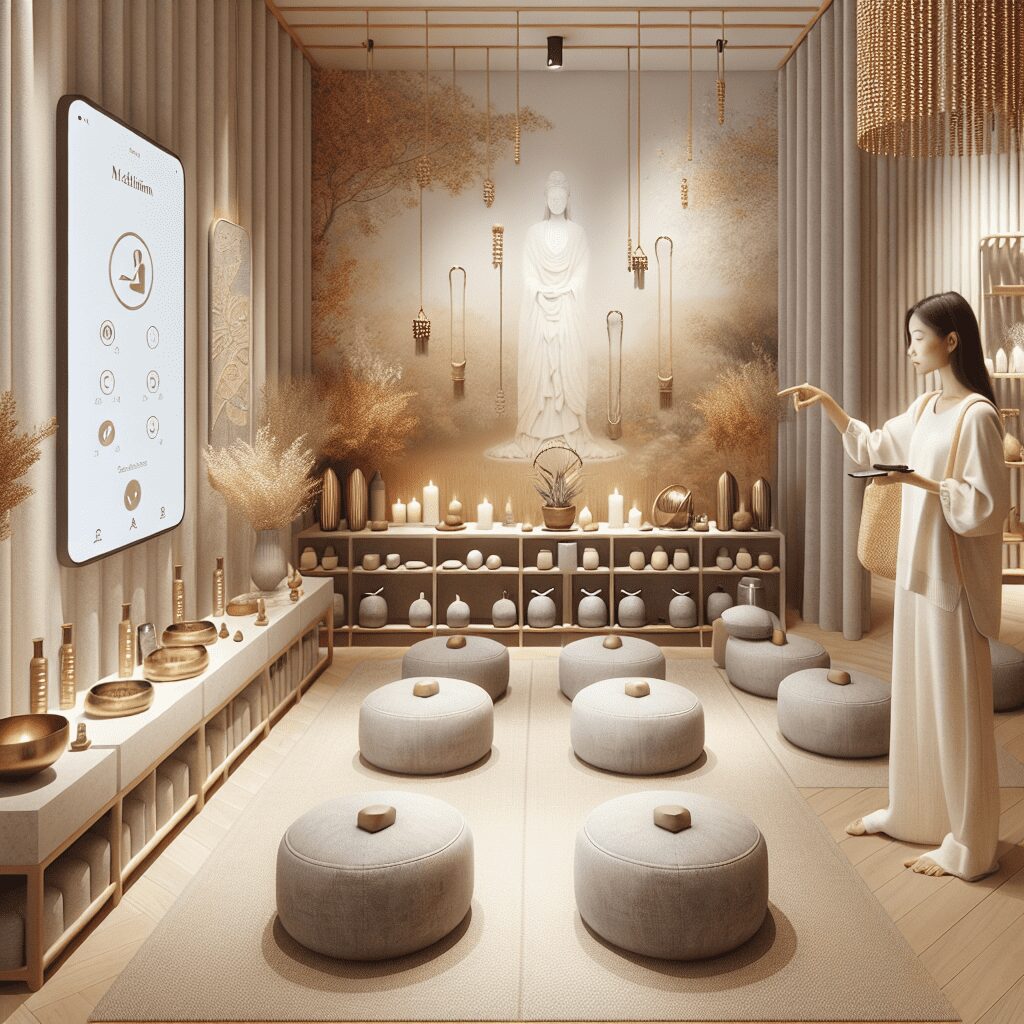
Prioritize your mental well-being daily. Enhance your life by nurturing your mental health with the Smart Meditation app. Break free from stress, alleviate anxiety, and enhance your sleep quality starting today.
Is Visualization Meditation?
The Power of Visualization: A Closer Look at Its Meditative Qualities
In the vast expanse of mindfulness practices, visualization often takes a back seat to its more popular cousin, meditation. However, peel back the layers, and you’ll uncover a world where the magic of visualization holds its own as a potent form of mental exercise, teetering on the borders of meditation. So, is visualization meditation? Let’s dive in, shall we?
The Essence of Visualization
At its core, visualization is about painting vivid mental pictures, often with a specific goal in mind—be it the achievement of a personal ambition, the manifestation of a dream, or simply the creation of a peaceful mental sanctuary. This immersive mental journey engages the subconscious in ways that are both profound and, let’s not mince words, quite mesmerizing.
Where Visualization and Meditation Cross Paths
-
A Calming Effect on the Mind: Just like traditional meditation, visualization promotes a state of calm by encouraging the mind to focus on one thing at a time. This, in turn, can lower the heart rate and reduce stress levels, earning it a gold star in the relaxation department.
-
The Present Moment is Key: Both practices require a solid anchor in the present moment. Whether you’re visualizing your dream job or meditating on your breath, the now is where the magic happens.
-
Mental Health Benefits: Studies have shown that engaging in visualization can significantly decrease anxiety and depression, much like its meditation counterpart. It’s all about creating a positive mental environment, one in which the stresses of the world take a backseat to inner peace.
-
Visualization is a Form of Guided Meditation: Often, visualization is incorporated into meditation through guided sessions, where an instructor leads you through a vivid journey in your mind’s eye. This seamless blend is perhaps the clearest indicator of how closely related these two practices are.
But Here’s the Rub
Despite their similarities, visualization and traditional meditation have distinct paths. Meditation, especially in its purest forms like Vipassana or Zen, is about observing the moment and the self without attachment or judgment, often with an emphasis on emptying the mind rather than filling it with specific images or goals.
Conversely, visualization is inherently goal-driven. It’s about creating and immersing oneself in a mental image or storyline, often with a specific outcome in mind. This key difference illustrates how visualization, while meditative, is a distinct entity that complements rather than duplicates meditation.
The Verdict
To lump visualization and meditation together as identical twins would be a faux pas. Yet, denying their kinship would be equally misguided. Visualization is indeed a form of meditation, albeit with its unique flavor and purpose. It offers a dynamic way to meditate, particularly for those who find traditional methods challenging.
For anyone looking to embark on a mental adventure, why not give visualization a whirl? Whether you’re aiming to calm the mind, achieve personal goals, or simply explore the landscapes of your imagination, visualization offers a bridge to the meditative state, proving that the mind’s eye is perhaps the most powerful tool we have for personal transformation.
So, next time someone asks, “Is visualization meditation?” you can confidently say, “It’s a close relative, with its own set of sparkling virtues.” Let’s embrace visualization for what it is—a vibrant and effective form of meditation that enriches our mindfulness practice and our lives.





